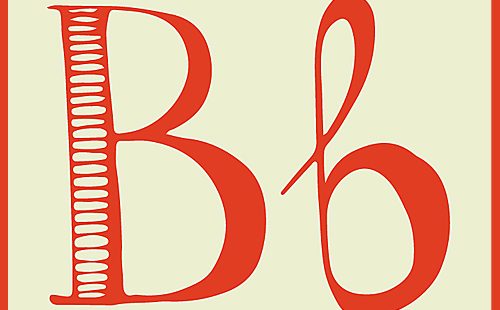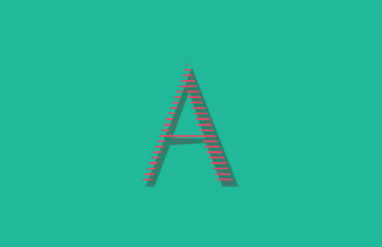The letter B was part of the Phoenician alphabet more than 3000 years ago in 1000 BCE. At that time, the letter was called beth and looked a little different, but it made the sound of b and was second in the alphabet.
The shape of the letter resembled the floor plan of a house, and the word beth meant “house.” This is pictured below. In Hebrew, the letter was called beth, bet, or bayt which also means “house.”
 In the Greek alphabet, the letter took on the name beta, and the word beta has stuck around in English to refer to the second in any series. In astronomy, the second brightest star in a constellation assumes this name, as in Beta Centauri or Beta Tauri. In the technology industry, beta frequently refers to the version of a program or application shown to a small group of users before it’s available to the wider public. Rolling out this version is called beta testing.
In the Greek alphabet, the letter took on the name beta, and the word beta has stuck around in English to refer to the second in any series. In astronomy, the second brightest star in a constellation assumes this name, as in Beta Centauri or Beta Tauri. In the technology industry, beta frequently refers to the version of a program or application shown to a small group of users before it’s available to the wider public. Rolling out this version is called beta testing.
Today, as in Ancient Greece, the letter B is the perennial number two: Plan B, b-movie, b-roll, etc. Plan B entered English in the mid-1800s to refer to the second in a series of plans, but over time the meaning shifted to describe an alternative plan or strategy. Plan A is basically nonexistent in contemporary English. Plan B also refers to a trademarked form of an emergency contraception medication. B-movies were originally the second film in a double feature, though the term has come to apply more broadly to low-budget films. B-roll is an film-industry term for supplemental footage commonly used in television shows and documentary films that sets the scene and can be accompanied with any voice-over or background music.














